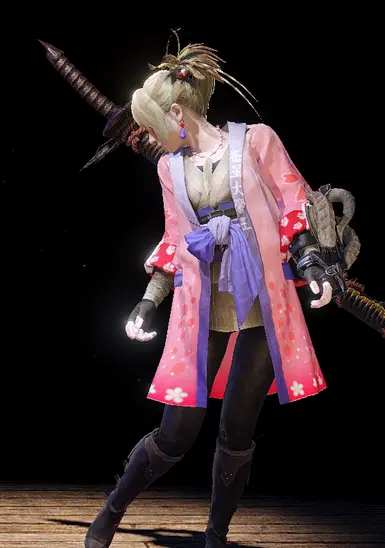Slot Profile System
MayTec offers a comprehensive and integrated
profile system where profiles can be connected
in any way you may require.
A wide range of accessories provide functional and
aesthetic results to applications.MayTec services are as versatile as the profile system.
We offer:- quick delivery of profile and accessories
- cut to size service – to your specifications
- partial or modular fabrication
- full assembly service
- on-site installation
The MayTec profile system allows for rapid assembly and short turnaround time. Our experienced team can support you in design and implementation
tailored to your individual applications.
Let us assist in providing the perfect profile for your application.
The flexible and modular construction of products means they
can be easily adjusted, modified or even re-purposed.
Example of 80/20 T-slotted profiles, 10 and 15 series T-slot structural framing is a framing system consisting of lengths of square or rectangular extruded aluminum, typically 6105-T5 aluminium alloy, with a T-slot down the centerline of one or more sides. Alu10, modular construction systems that allow, in a quick and clean way, the assembly of mechanical constructions. We offer customized design service with slot aluminum modular profiles. 2020 V-slot Profile system Alu-profiles System / construction profiles 2020 V-slot Profile system V-slot is a series of special aluminium profiles, wheels and accessories used for making cheap linear guides, and from these larger machines Notice that all series 20 accessories fit the profiles!
| This task shows you how to create a slot, that is how to sweep a profile along a center curve to remove material.In this section, you will also find the following reference information: |
Slot Profile System Review
| Open the Slot.CATPart document. | |||||||
| |||||||
| |||||||
How to Define a SlotTo create slots you can combine the different elements as follows:
ProfilesWhen selecting a profile, keep in mind that:
Center CurvesThe following rules should be kept in mind:
Profile ControlYou can control the profile position by choosing one of the following options:
|
Incoming search terms:
Slot Profile Systems
- catia innen slot
- define slot command in catia
- how to use slot catia v5
- make grooves in catia 5
- slot function catia
- straight pin slots catia
